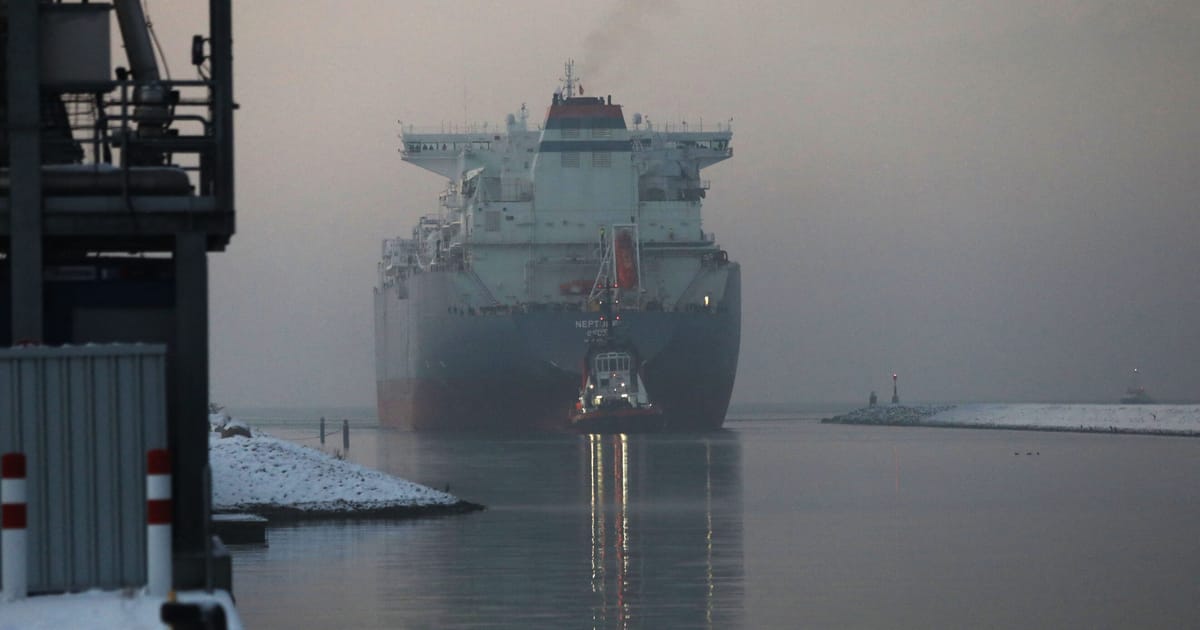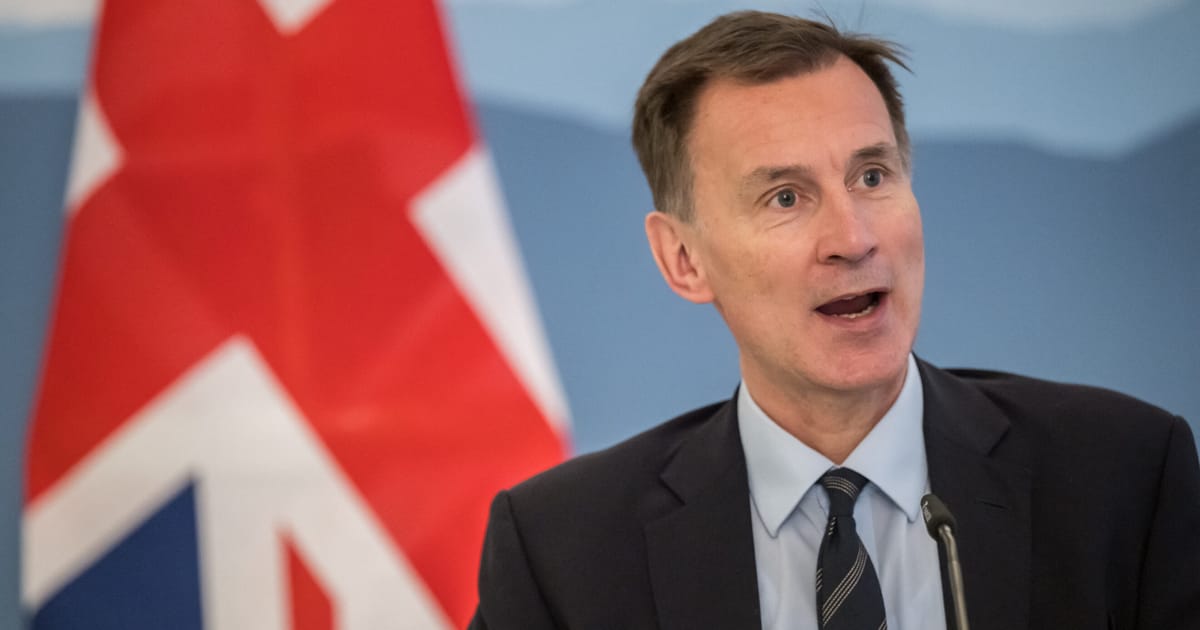When Russia launched its bloody invasion of Ukraine, more than 1,000 seafarers on some 140 ships suddenly found themselves stranded in beleaguered ports.
One year on, with the war still raging, artillery fire and sea mines are still blocking ships from leaving Ukraine’s ports — and hundreds are still stuck in limbo.
“We don’t want them being forgotten about,” said Guy Platten, secretary-general of the International Chamber of Shipping (ICS). “The ships happened to be in the wrong place, at the wrong time, on February 24, 2022.”
In a joint letter to U.N. Secretary-General António Guterres this week, the ICS and 33 other shipping groups lamented a lack of international attention and called for a diplomatic effort to evacuate the stranded seafarers.
According to ICS figures, that’s 331 seafarers on 62 vessels. Some come from as far away as Indonesia, Ghana and India; others are closer to home, from Greece, Turkey and Georgia. Ukrainian and Russian seafarers are also among the stranded crew.
As of Monday, 25 ships were stuck at the frontline ports of Mykolaiv and another 15 at Kherson. Vessels are also sitting in other Ukrainian ports on the Black and Azov Seas, such as Chornomorsk, Odesa, Pivdennyi, Mariupol and Izmail.
“For 12 months now they have been caught up in a crisis far beyond their control. Simply doing their jobs cannot come at the expense of their lives,” the groups wrote.
Waiting game
A U.N.-brokered deal in July to guarantee safe passage for the ships carrying Ukrainian grain in the Black Sea freed some ships from limbo. But even in ports that are part of the agreement, ships that don’t carry grain have remained stuck.
Some companies have managed to evacuate crew members. But the ships require a skeleton crew for minimum upkeep; in some cases, local mariners have been hired to look after an abandoned ship, according to Jakob Larsen, head of maritime safety and security for the shipping industry association Bimco.
The stranded seafarers are trapped in a situation of extreme isolation reminiscent of the pandemic lockdowns — with the added stress that comes from being in a war zone, said Rostyslav Inzhestoikov, a chaplain assistant based in Odesa, who works for Stella Maris, a charity that offers emotional, spiritual and practical support to seafarers.
Inzhestoikov, who was in touch with seafarers in the Mykolaiv port last year, said seafarers in ports near the frontline “can see explosions, they can see missile attacks, and they’ve been afraid because they don’t know what the missiles’ next target will be.”
He said he wasn’t currently in contact with stranded seafarers: “It’s physically hard to be in touch with them because the gateway is up and no one is on deck,” he said.
Freeing the stranded ships and their crew will require a diplomatic deal with Ukraine and Russia, Larsen said.
The Black Sea is “dominated by Russian forces,” but parts of it are also within reach of Ukrainian weapons, and the presence of mines makes setting sail without exact information about their location an even more dangerous endeavor, Larsen explained.
Setting sail without a prior agreement would mean running the risk “that the ship will be fired upon, and even sunk,” he said.
Platten from ICS stressed that the situation urgently needs to be resolved. “Surely there’s a negotiation that could be had,” he said. The Black Sea grain deal — which is up for renewal next month — is proof that “those things can be brokered.”
A spokesperson for the International Maritime Organization, the U.N. agency overseeing maritime transport, said last week that its secretary-general is “actively pursuing all avenues to develop, negotiate and facilitate the safe departure of these vessels.” That remains a “significant challenge,” the spokesperson added.
The lack of action so far is leading some to conclude that the ships and their crew are being held back “as some sort of a bargaining chip to be used at some future point,” Larsen claimed.
“In times of war, things can develop awfully quickly,” he warned.
Sarah Anne Aarup contributed reporting.




